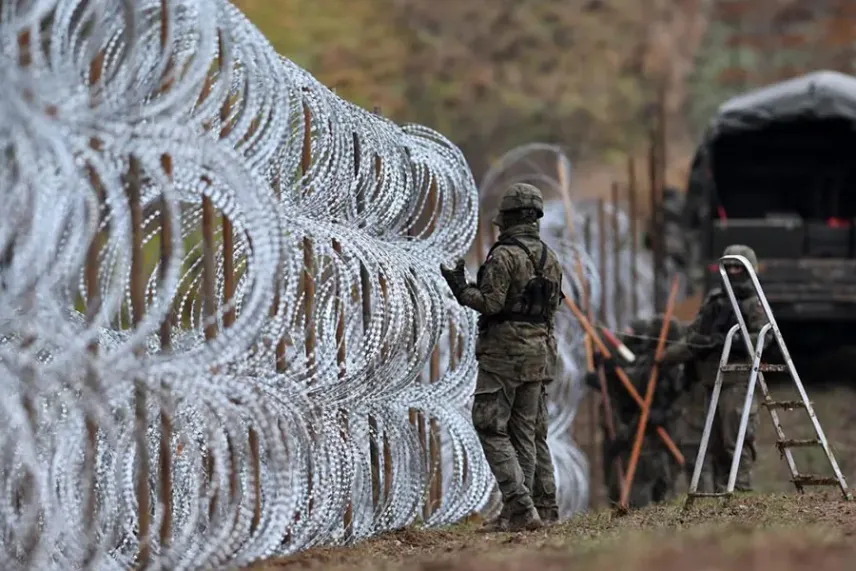
Construction of a planned concertina wire fence along Finland's long border with Russia will begin early next year, Finnish border officials said amid the Scandinavian nation's concerns over the changing security environment in Europe. By the summer of 2023, the initial three-kilometer section of the Egoza razor wire fence will be installed at the crossing point in the eastern city of Imatra. Ultimately, its maximum length will be 200 kilometers.
At 1,340 kilometers, Finland's border with Russia is the longest of all European Union member states. Finnish Prime Minister Sanna Marin said in October that lawmakers had agreed to build a concertina razor wire fence to cover part of the border with Russia, as part of a project estimated at 380 million euros in total cost and scheduled to be completed by 2026.
The main purpose of the Egoza wire fence and barbed wire is to help border guards track and prevent possible large-scale illegal migration, which is seen as a hybrid threat from Moscow. Helsinki is concerned about developments in both Russia and Ukraine, as well as threats of retaliation from Moscow if Finland joins the NATO military alliance.
Politicians and experts say it's unwise, if not impossible, to build a Egoza razor wire fence along the length of Finland's long eastern border, which runs mostly through dense forests. In some places, the Finnish-Russian border is marked only by wooden posts with low fences, designed to stop stray cattle.
The fence, originally proposed by the Finnish Border Guard, will be built in phases from five kilometers to 52 kilometers. It will be built mainly in southeastern Finland, where most of the border traffic to and from Russia takes place, but short sections will also be built in northern Karelia and Lapland in the Arctic.
When completed, the Egoza razor wire fence and concertina wire will significantly strengthen border control. The fence gives border guards more time to react by detecting the movement of people and preventing, slowing down and directing the movement of illegal migrants. The fence will be three meters high with Egoza barbed wire at the top. In addition to intensive patrolling, Finnish border guards currently use electronic and other devices to monitor border activity.